The Renault 5 is coming back, as a fully electric car. But before that, let’s take a look back at the original. Because in 2022 it will be fifty years since the R5 was introduced. We drive a beautiful 1977 example, to celebrate the birthday of the revolutionary Renault in style.

When Renault introduced the R5 in 1972, it was intended that especially women would fall for the car. That may now sound rather patronizing, but in fact Renault was very aware of the zeitgeist. The sixties not only marked the unprecedented increase in prosperity, they were also the years in which sacred houses were toppled one by one. Sexual morals became freer, and there was experimentation with drugs. The authority of the general practitioner, teacher, police and pastor became less self-evident. The men’s haircuts grew longer, the women’s skirts shorter.
The emancipation of women was also well under way at the end of the 1960s. More and more women went to study, got a job and got their driver’s license. The traditional role pattern was changed. The car was no longer an exclusive domain for the man. The marketers of Renault were well aware of this with their seduction tactics. The affordable, practical and modern Renault 5 exactly met the mobility needs of the emancipating woman.
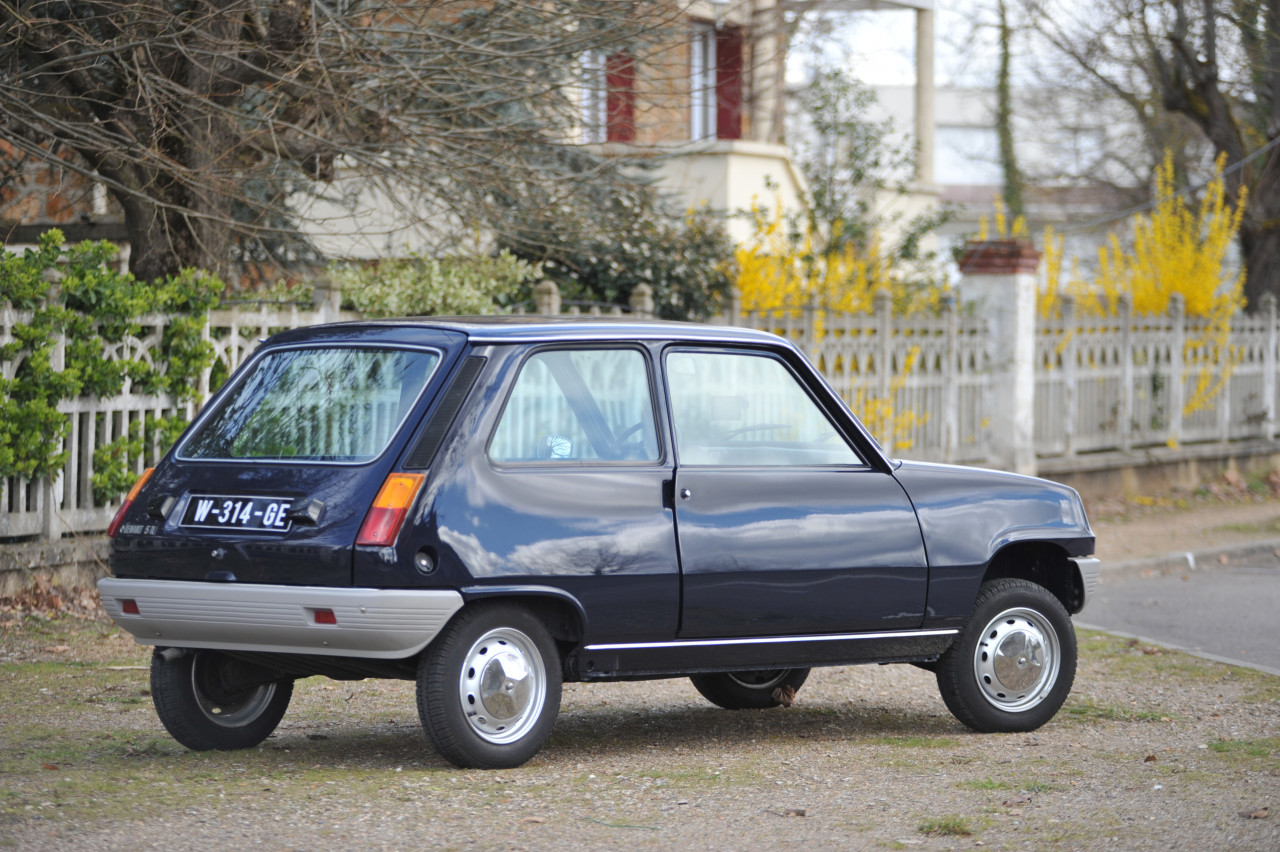
Renault 4 was a better Citroën 2CV
At that time, Renault was led by a charismatic man. Pierre Dreyfus had unexpectedly become chief executive in 1955, when Pierre Lefaucheux was killed in a car accident. Dreyfus proceeded energetically. He had an excellent nose for future trends in the automotive world. One of the first cars to see the light of day under his leadership was the Renault 4. Dreyfus wanted to build a competitor for the Citroën 2CV, taking a close look at the car’s flaws.



The idea of the basket of eggs that had to remain whole on a French country road was romantic, but it was becoming obsolete. More and more people moved to the cities. The Renault 4 was therefore presented as a spacious car for the countryside and in the city. The R4 was also technically modern, with front-wheel drive, independent suspension with torsion springs and a large tailgate. The R4 became an instant success and to this day is one of the best-selling French cars of all time.
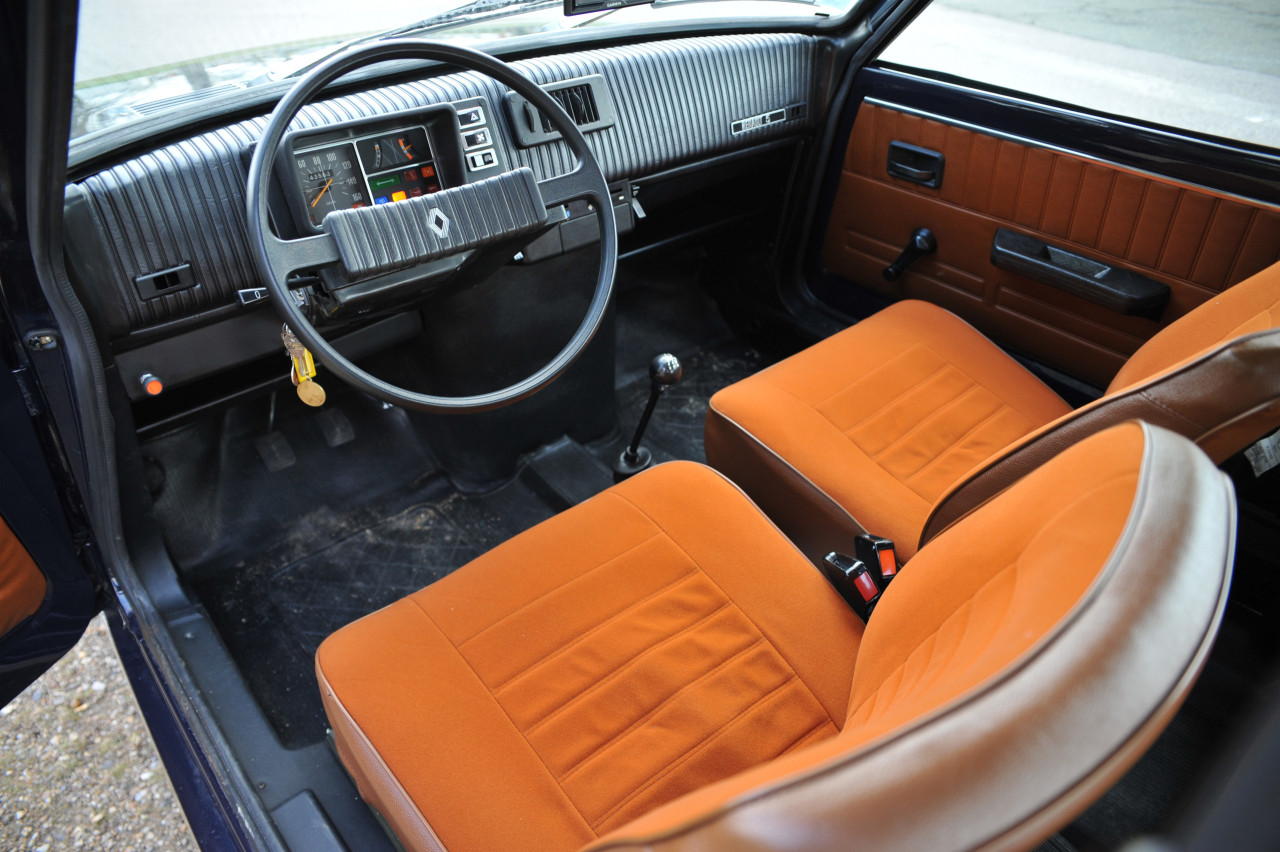
Renault 5 deliberately no rear doors
The Renault 5 – whose development started in 1967 – was to become a more modern, less pragmatic alternative to the R4. Unlike the R4, the R5 had no rear doors. That was a conscious choice: this way you could transport children safely to school, without having to worry that they would unexpectedly open a door while driving. Please note: the time of child locks and seat belts had not yet arrived.
“The Renault 5 was copied by all car brands at the time”
Practicality was also considered in other areas. The large trunk had a low sill, which was useful for loading and unloading the groceries. The polyester bumpers could literally take a beating: a small confrontation with another car did not have to lead to major damage. Think for a moment how cars are still parked in Paris – the ‘boom is ho’ principle is still popular – and you realize how useful this find was.
The Renault 5 set the trend for compact cars. The concept was copied by all car brands at the time and to this day cars from the A and B segments in Western Europe all have a large boot lid. The success of the R5 was resounding: more than 7 million units were sold. It was the right car at the right time, Dreyfus had seen that correctly. In the French market, the car in its best days was responsible for 18 percent of total car sales.
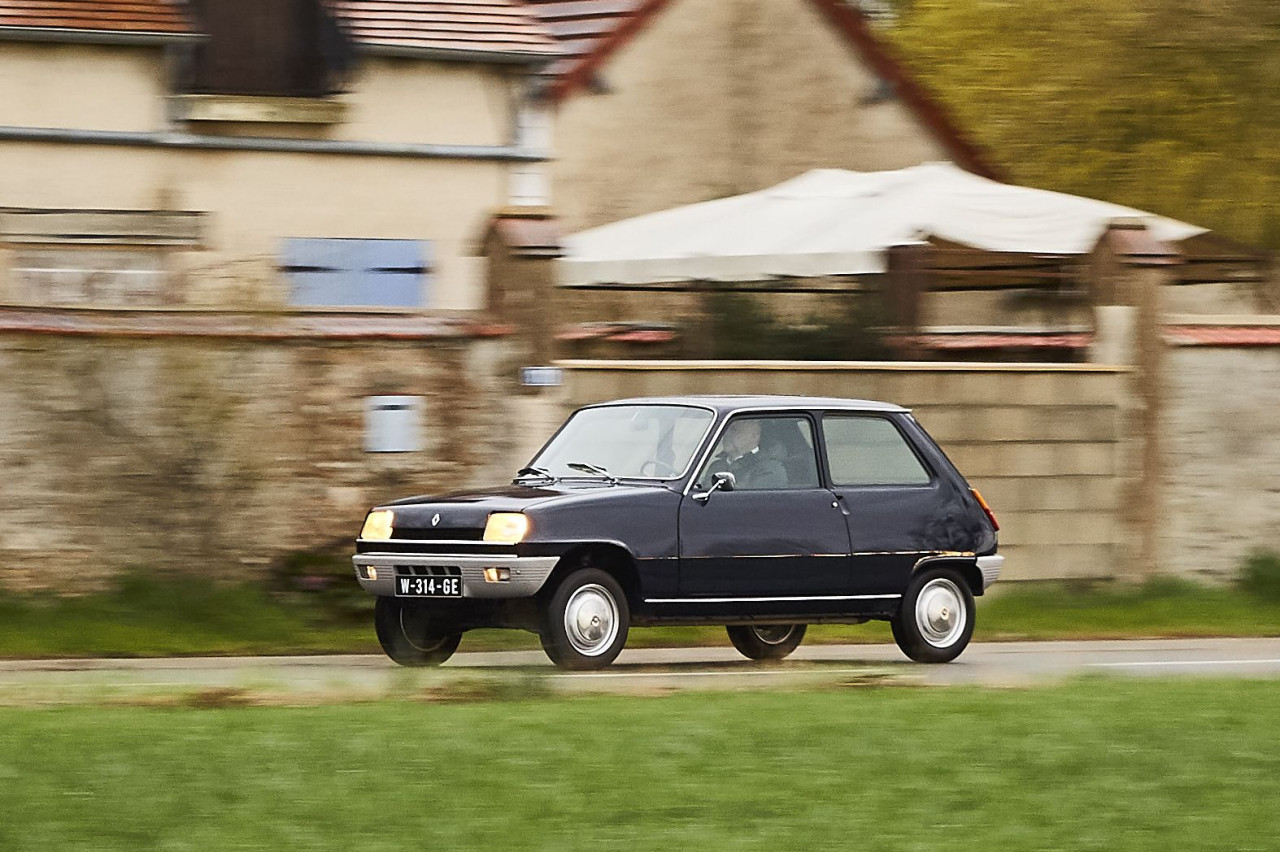
In the United States as Renault LeCar
The Netherlands became acquainted with the Renault 5 through the following advertising slogan, which was literally translated from French: “Bonjour, I am the Renault 5, I am also called Supercar.” The R5 shared a lot of technology with the Renault 4. They both had front-wheel drive and torsion springs and they were available with an 845 cc engine. The first models had a gear lever in the dashboard, but not much later it was moved to the floor.
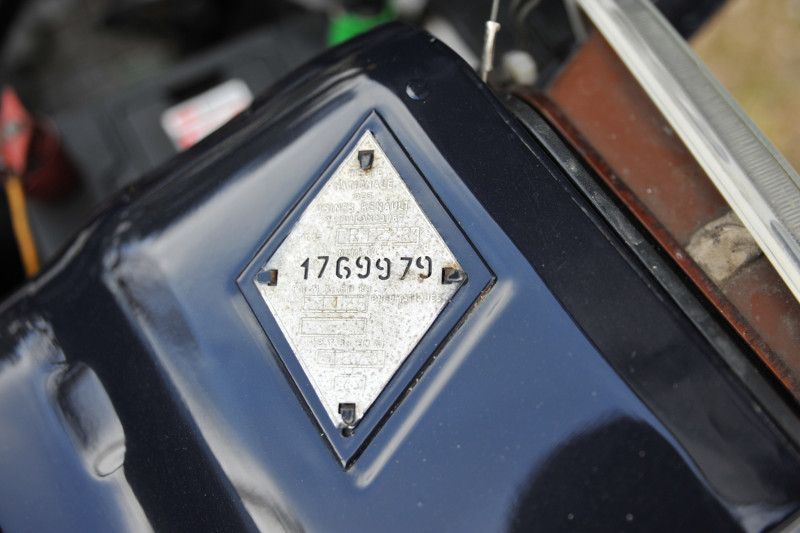
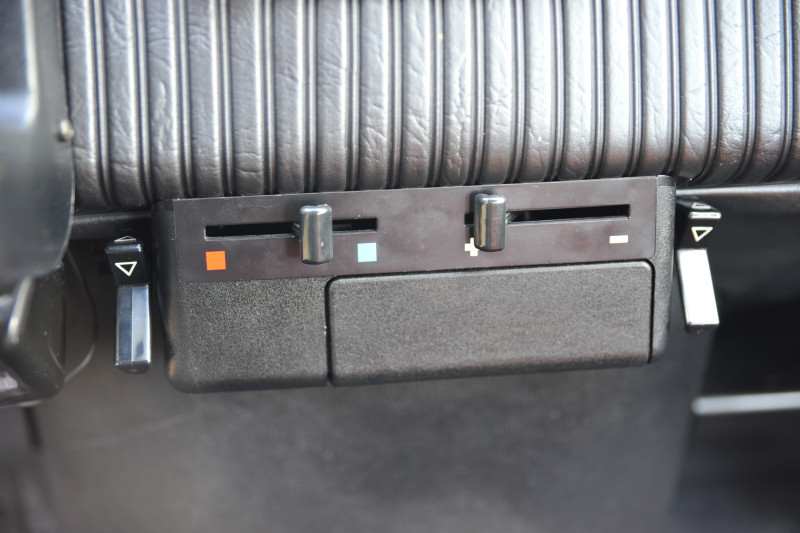

Numerous derivatives of the Renault 5 appeared, such as the 5 Turbo I and II, the Alpine and the Alpine Turbo. For the American market, the R5 was horribly mangled, including round headlights and a different grille. It was sold there until 1984 under the name Renault LeCar. Especially for Spain, a country with a great love for the (compact) sedan, a four-door version appeared under the name Renault 7.
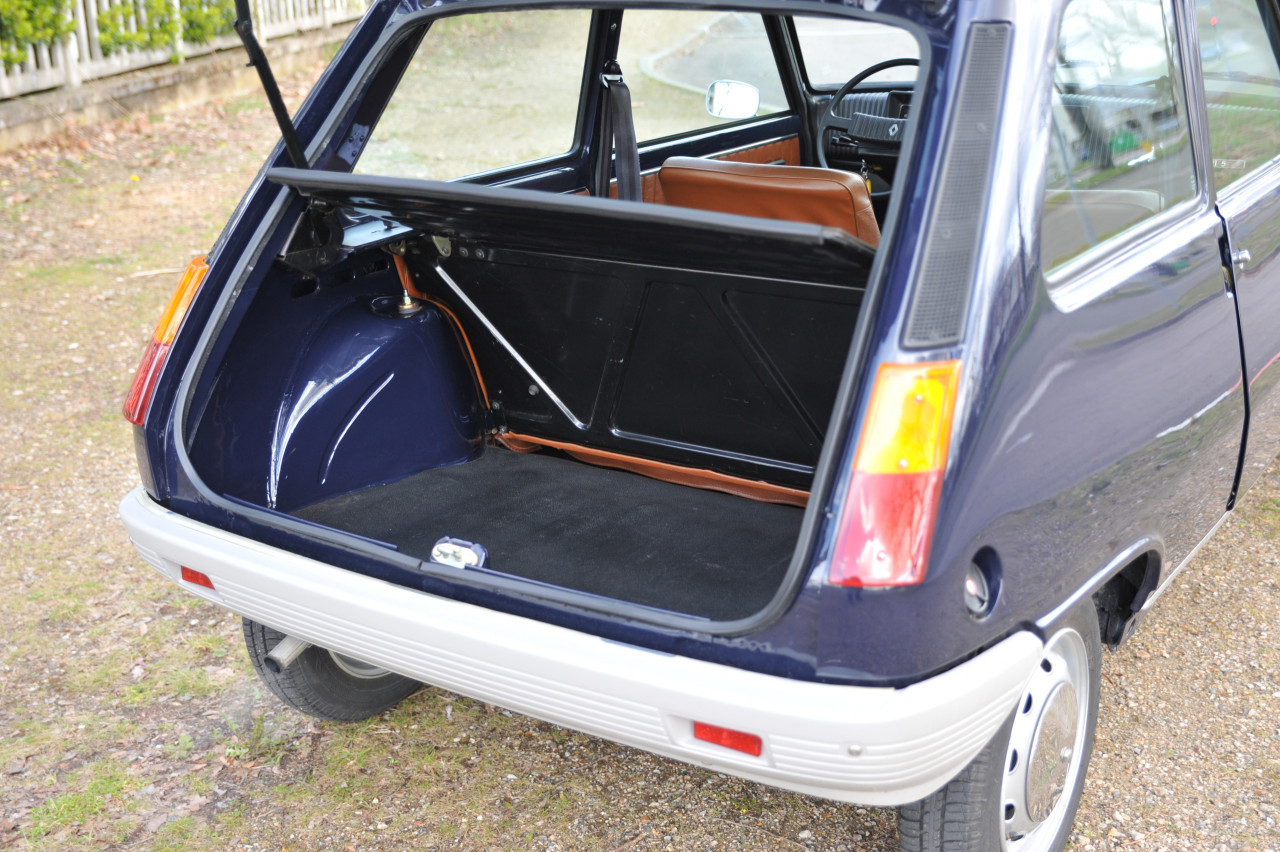
Second Generation R5 Called ‘SuperCinq’
Not only with its concept, but also with its powertrain, the R5 was ahead of its time: even before it was launched on the market, Renault was working on an electric version. You could drive it 80 km/h and the range was 110 km. However, it did not come to mass production of the Renault 5 Electrique.
“Bonjour, I am the Renault 5, I am also called Supercar.”
In 1984, the second generation of the Renault 5, designed by star designer Marcello Gandini, was launched. This one was called SuperCinq. Since the engine was placed transversely from then on, there was more space for the occupants. All kinds of exciting and less exciting variants of the SuperCinq also appeared. The Campus was the entry-level model, the GT Turbo the sports model and the Baccara a chic version.
Want to be notified immediately when the new Renault 5 comes out?
Subscribe to the Auto Review Newsletter
As mentioned, Renault offered the R5 with different engines from the start. Initially, the buyer had two choices: the 5 L or the 5 TL. The cheapest R5 L got an engine with a capacity of 845 cc, which also served in the Renault 4 and the Renault 6. The 5 TL had a more powerful four-cylinder engine with 956 cc. Two years after its introduction, the R5 was available with a 64 hp 1.3-litre engine.

Cozy and nostalgic in a 5 TL from 1977
We drive a 5 TL from 1977, around the factory in Flins where it was once built. We take a seat on chairs without headrests, in which you immediately sink deeply. You do not have to count on lateral support in bends, but the Renault 5 was not intended for firm driving. Sitting in the R5 with four people is a challenge, for adults it is a nice tour to squeeze onto the bench through the not too wide front door. The R5 is therefore 20 centimeters narrower than a Clio.
That extra space on the road works out well: you have to hold the handlebars well to stay straight on the road. With its weight of 775 kilos, the R5 is sensitive to crosswinds and the narrow tires do not cooperate either. It also takes some getting used to the somewhat stiff floor poker, but that could also be because we drove an R4 with the poker in the dashboard shortly before. The shifting in that car has exceeded our expectations.
But the cosy, nostalgic feeling prevails in the R5. The engine simmers, irregularities are smoothed out in French and those soft seats are fine. In the seventies we had happily lit up a Gauloises behind the wheel. What a charming car this is. If you see the many millions of compact cars driving on the Dutch and Belgian roads with their large tailgate, remember that this trend was started by the Renault 5.